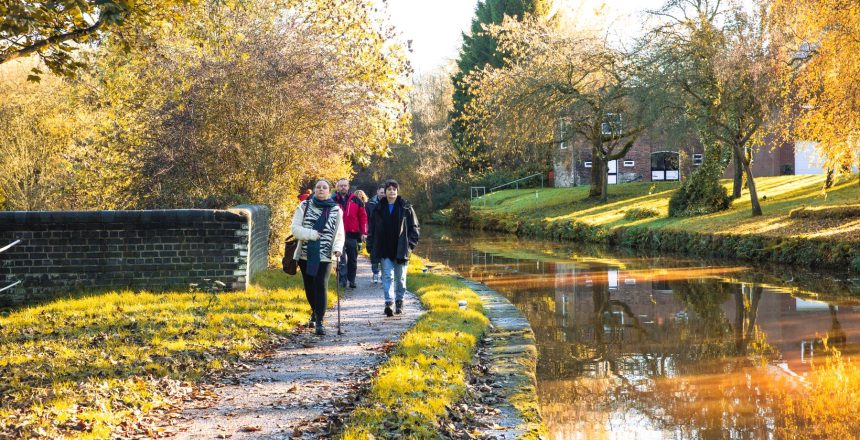A stormy start
As part of the Kidsgrove Canal Nature Recovery project I have planned a series of walks over the next few months until March. Usually starting at the Harecastle Tunnel, the weekend walks will take on different themes all considering the natural environment of the canal as a green asset for Kidsgrove.
For my introductory walk my aim was to introduce myself to people in Kidsgrove, walk together, and meet some of the plants and trees of the canal. I planned a route that encouraged people to take a look at what is still visible above ground at this time of year, using the locks and bridges of the canal as way finders to identify species.
When we met on the canal side on Saturday morning I invited walkers to take up the challenge of being a ‘human noticeboard’ and speak for two minutes about a local project or organisation, or a personal connection to Kidsgrove.
As with all outdoor activity we are subject to the weather, and Storm Ciaran meant that our first walk had to be postponed by a week, finally taking place on Saturday 11 November. Unfortunately, that meant that some people could no longer join the group walk. Luckily the helpful handout that we used on the day can be printed to help you navigate the route yourself.
Kidsgrove Canal Nature Recovery Walk One Guide in Word
Kidsgrove Canal Nature Recovery Walk One Guide in PDF
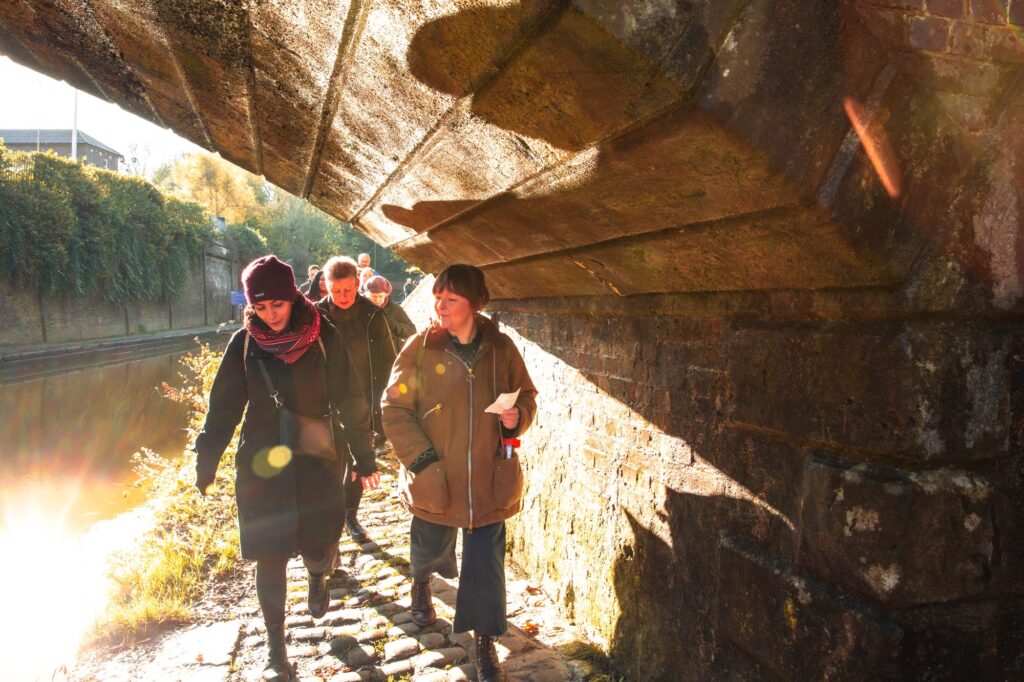
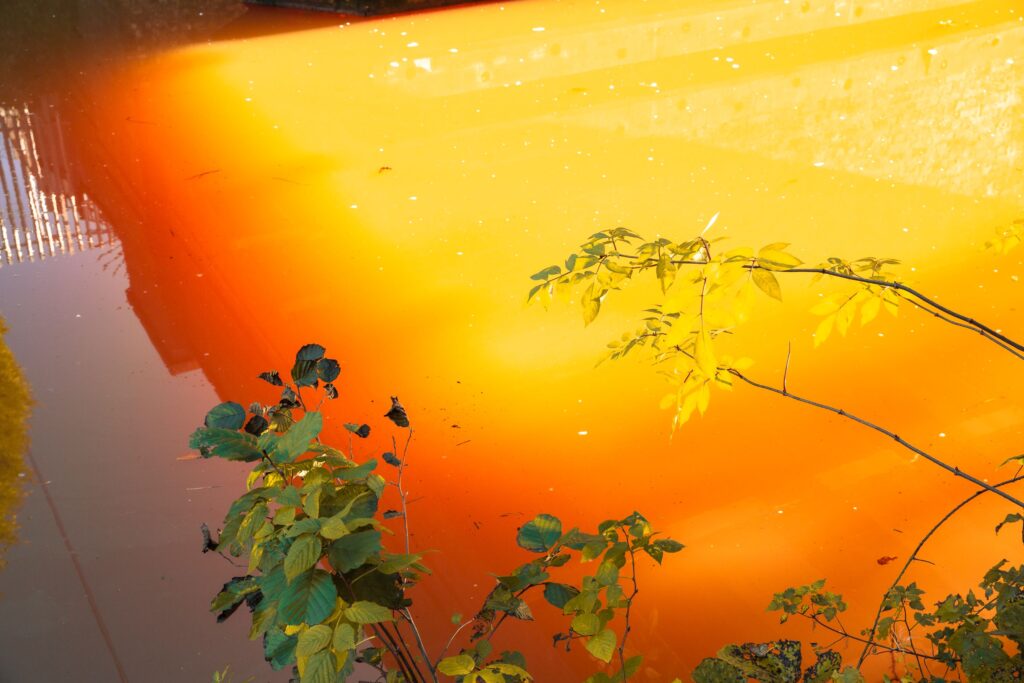
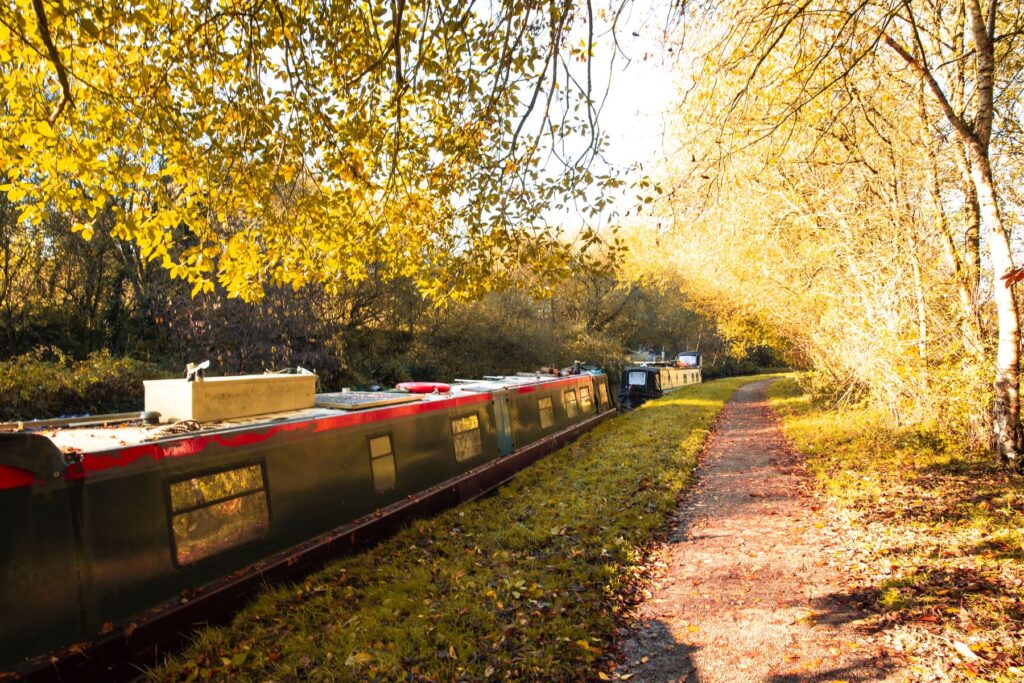
The route
Starting from the lodge at the northern entrance to the Harecastle Tunnel, we walked north towards Kidsgrove train station along the Trent and Mersey Canal, ending just before Bridge 135 at Church Lawton.
Here are the points where we stopped to meet each plant:
- Lock 42, Limekiln Lock: burdock
- Lock 43, Red Bull Lock: stinging nettle
- Lock 44, Yewtree Lock: elder
- Lock 45, Kents Lock: fern
- Lock 46, Townfield Lock: comfrey
- Just before bridge 135, Church Lawton: oak
In total the walk is just under a mile long in one direction.

Meet the plants!
During the English Victorian era floriography was the practice of sending secret messages through the gifting of flowers. This special language assigned a meaning to a variety of plants and flowers. Even the hand that was used to pass the flowers over had a meaning: yes, if passed from the right hand or no from the left.
For each Lock between the Limekiln Lock 42 and Bridge 135 there is a chosen a plant to meet. They are listed below along with their meaning according to the Victorians. I have also used a whole host of herbal remedy and magic books to glean a bit more information about them. I am particularly enjoying using my Granny’s copy of Culpepper’s Colour Herbal.
Burdock = Importunity
First stop was Lock 42, where you will first meet a burdock plant, a really interesting plant whose roots have been used for centuries as a digestive aid and diuretic. We probably know this plant best for its inclusion in the drink dandelion and burdock. Medicinal uses of burdock include as a blood purifier, and the leaves have been used to cool ulcers and sores. A powerful antioxidant, the root of the burdock can be very long and creamy in colour, and should be harvested in autumn.
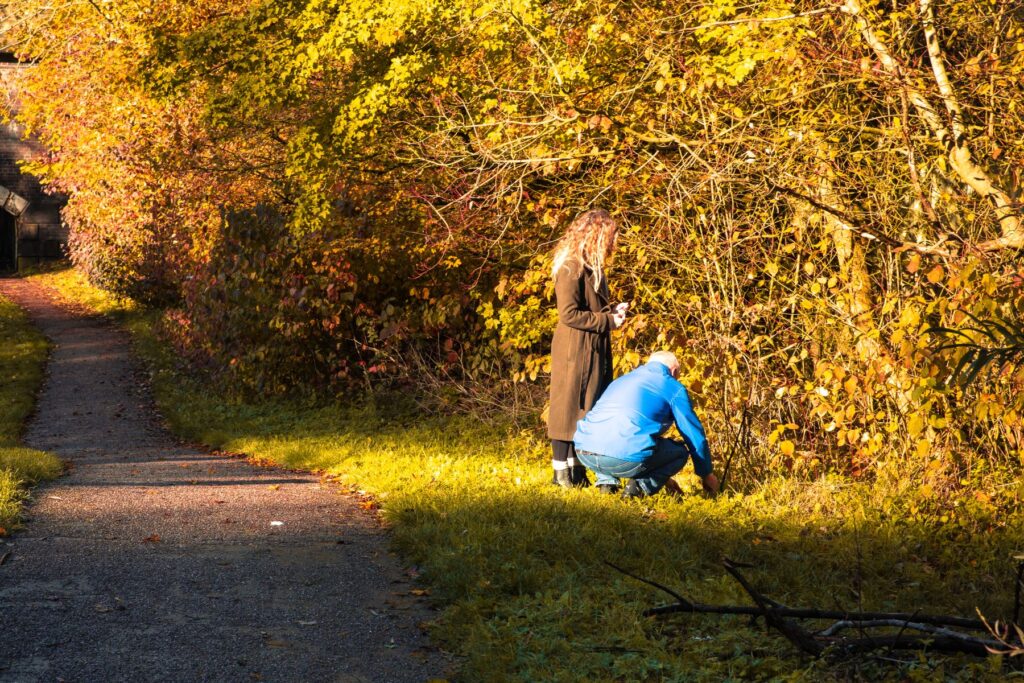
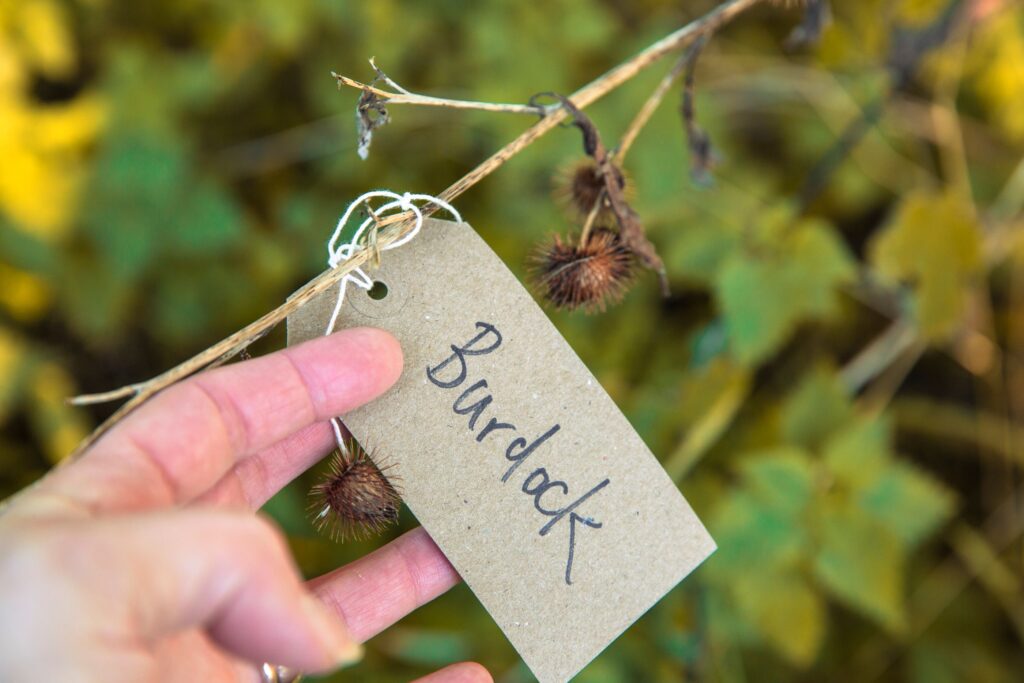
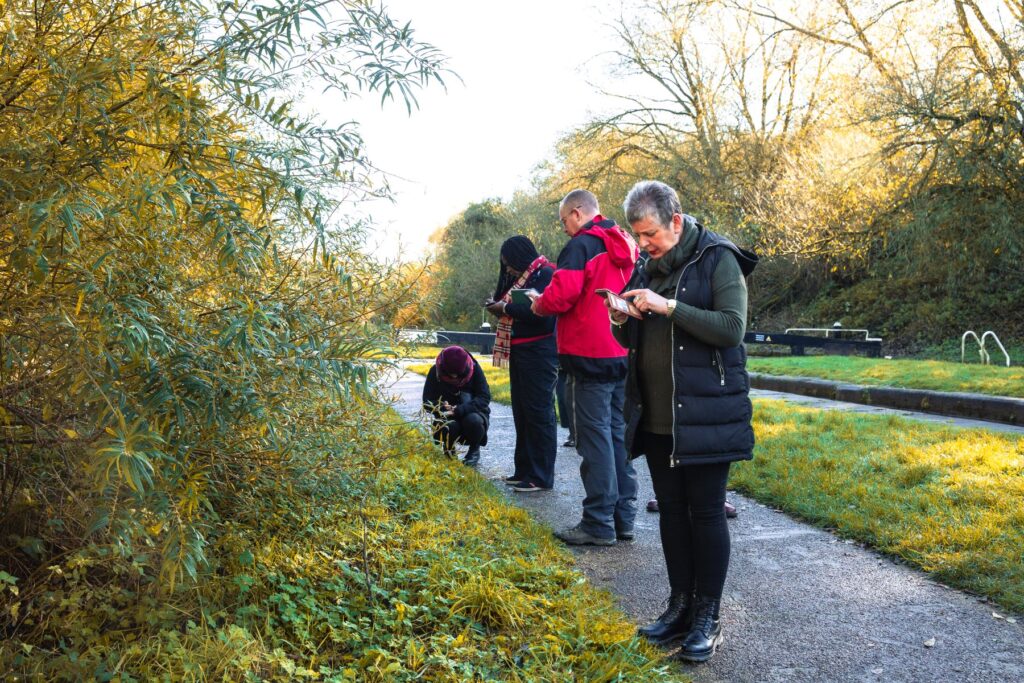
Nettle = Slander
Lock 43 brings us to the stinging nettle. The irritant substance that causes the stinging sensation when the nettle is touched is a mixture of both formic acid and histamine. Extremely rich in vitamins and minerals – iron, and vitamins A, C and K – the plant has a variety of culinary uses. It can be used in teas, soups and as an alternative to spinach in all manner of dishes as well as being dried to make nettle salt. It has been used to treat may ailments too including eczema, asthmas, and hay fever. It also has a number of bug and butterfly species that rely on it as an important food plant.
Elder = Zealousness
At Lock 44 you meet a really wonderful old elder tree, growing along the old farm wall. Throughout history the elder has been regarded as quite a magical tree. In the middle ages it was believed that a goddess with the power to decide your luck, happiness and help lived inside; to cut or burn the elder was to release the goddess who would take her fortune with her.
The bark, leaves, flowers and berries all have medicinal properties, but of course are also known for their use in cordials, wines and jams. My children take a daily Sambucus Nigra supplement which is said to support the immune system. The birds have had all the berries for this year, but if you are quick next year, perhaps you could pick some and make powerful elderberry cordial to see you through the winter.
Fern = Sincerity
Lock 45 provides an opportunity to appreciate the ferns that are still looking very green and healthy. Fern is not recommended for use by the home herbalist as it can have some really unpleasant effects if used in the wrong way. One old folklore belief was that as the ‘seeds’ (spores) of the fern are invisible, they can be eaten or carried to become invisible. In medieval times the fern was used for the treatment of dandruff, alopecia and kidney stones. Often called ‘living lace’, fern can be used in soap making, as fertiliser and for bleaching fabrics.
Comfrey = Home Sweet Home
At Lock 46 you carefully make our way to the other side of the canal for a moment, to meet a very healthy patch of common comfrey. A common herb, the plant has many uses including as a potassium-rich fertiliser for the garden (especially tomatoes) and as an instant compost. The roots and leaves are still recommended today as an external application for wounds as it contains a substance (allantoin) that speeds up the healing process of bruises, cuts, sprains and sores. In an emergency in the field a poultice can be chewed up and applied. Other names for it are boneset, knitbone and bruisewort and slippery-root.
Oak = Hospitality
Towards the end of the route before turning around you meet a great oak that is growing beside Bridge 135. One of our most recognisable trees, the oak produces flowers in the form of catkins, and seeds in the form of acorns. Acorns are a good food stuff for squirrels of course but can also be ground up to make a coffee of sorts. An oak tree can be a host to a colossal 2,300 other wildlife species, providing vital space to eat, shelter and breed for plants, fungus, animals and birds.
Regarded as the tree of life, the oak has been thought of as a guardian; in some parts of the UK wearing an oak leaf was thought to give protection. It is also believed that knocking on an oak tree will bring good fortune, which may have originated from the tradition of knocking on wood for luck.
A brilliant walk
On the walk back we discussed the other species we noticed along the way, and chatted about how beautiful autumn is with its russets, golden yellows and crispy leaves underfoot. And Carl from Canal & River Trust who pointed out many amazing details about the canal, and showed us how to open and close a lock.
There were some very special moments on our first walk.
Freda, whose mother had been born in a long-gone house beside the first lock we came to, told us about her grandparents. She then read us a story she had written about a trip through the Harecastle Tunnel.
Dee, a regular walker along the canal, told us all about the walks she takes and what the canal means to her. She gifted us with a gem – the word ‘gongoozler’ – which is new to me, and according to Wikipedia means ‘a person who enjoys watching activity on the canals of the United Kingdom.’
Everybody really enjoyed the walk, and there was some lovely feedback. I hope to see you for the next one!
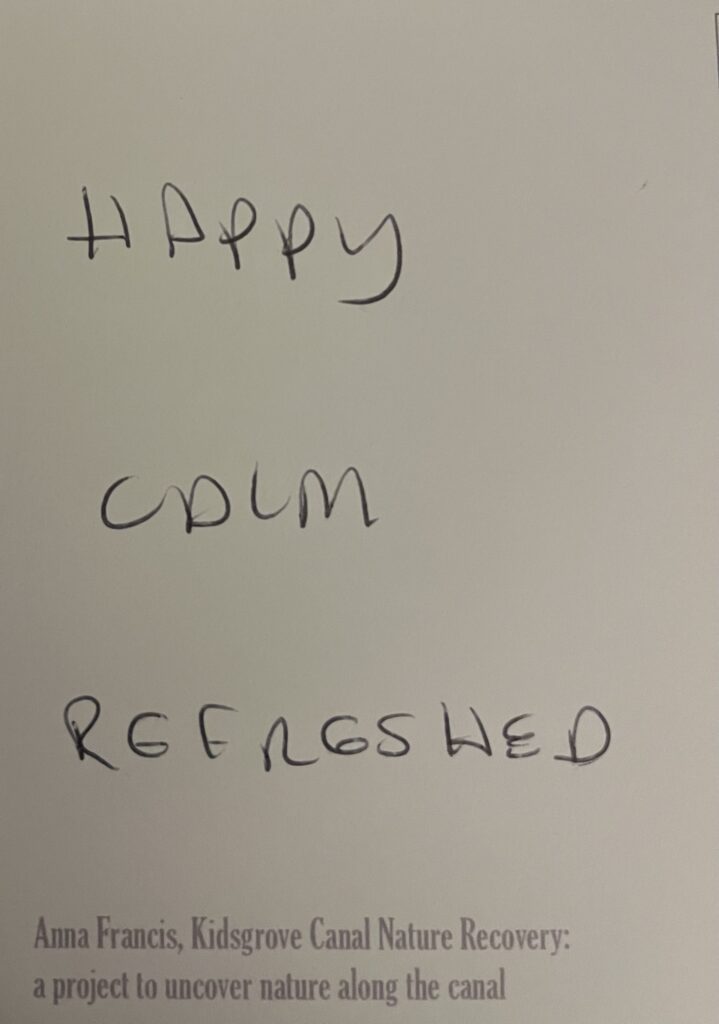

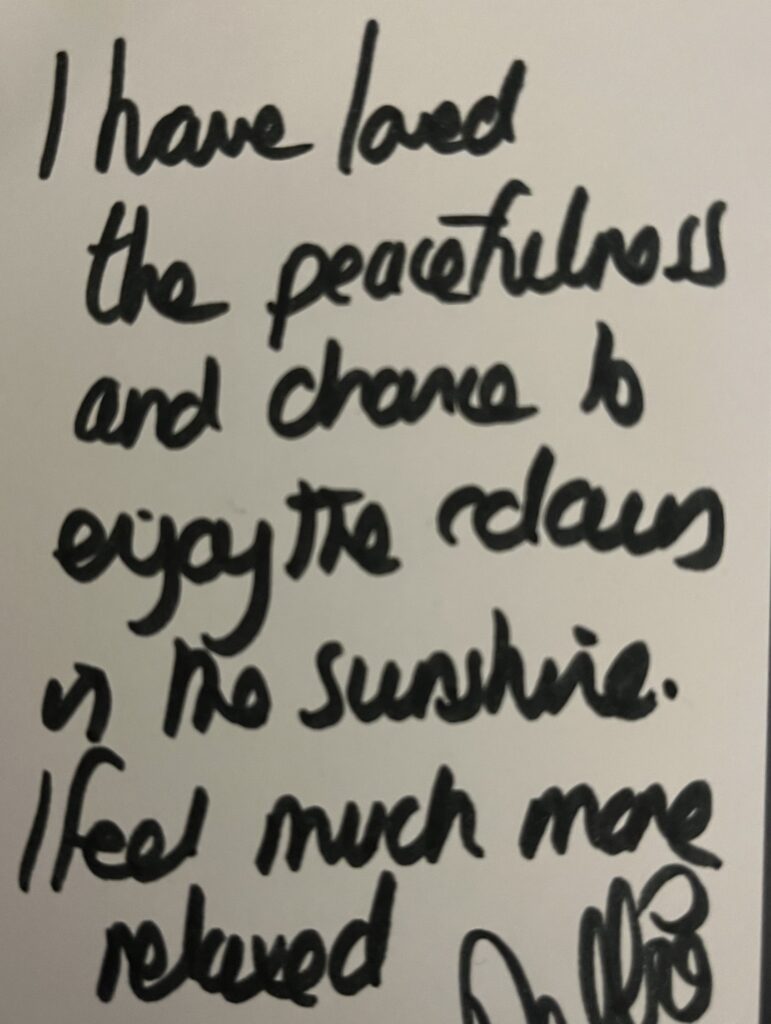
Join us for more!
To make sure you are kept in the loop with updates on the walks including any rescheduling due to the weather, .
Sunday 10 December I 1 – 3pm I Foraging Walk: On this winter foraging walk you will be joined by forager and fermenter Emma Cronin of Wild Pickle. Along the way you will note the surprising number of things that can be foraged in December, and also get an overview of the Forager’s Code of Practice.
Saturday 13 January I 11am – 1pm I Biodiversity Walk: Artist Anna and the group will be joined on this walk by a special guest! Andrea Ku is a beekeeper and biodiversity specialist of B 4 Biodiversity, whose aim is to raise the awareness of urban biodiversity through educational, practical, and creative projects. During this deep winter walk you wil explore what is happening in the landscape at this time of year.
Saturday 3 February January I 11am – 1pm I Group Walk: Anna leads another walk on the theme of the natural environment of the canal as a green asset for Kidsgrove.
Saturday 2 March I 12 – 3.30pm I Foraging & Biodiversity: For the final walk in the series there will be a focus on foraging and biodiversity. PLUS you will walk along the path of the Staffs University Fine Art Student Art Trail, and have the opportunity to get involved with a hands-on activity.
Do you have something you’d like to share with Anna about the canal, the plants or animals that live there? Or have questions about becoming a Human Noticeboard? Get in touch at a.m.francis@staffs.ac.uk
Kidsgrove Canal Nature Recovery is a partnership project by Appetite and Canal & River Trust. Appetite are supported by Go Kidsgrove to deliver projects in Kidsgrove.


Anna Francis is an artist and researcher whose work promotes discussions about the spaces where we live through art. She is co-director of The Portland Inn Project.
Want to know what else is going on?
Visit the What’s On page for events and go to Get Involved for more opportunities. For regular updates, why not subscribe to our newsletter, or follow us on Facebook @appetite.stoke, Instagram @appetite_stoke, and X @appetitestoke.
